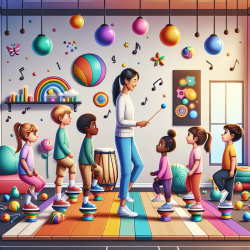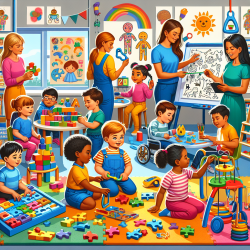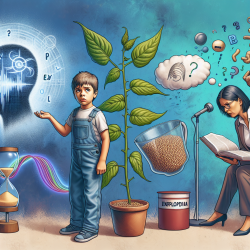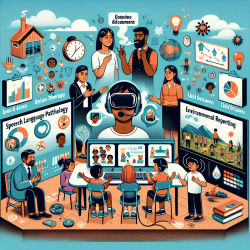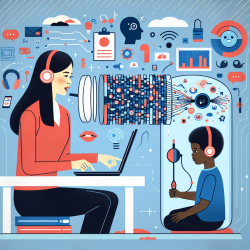Introduction
Attention Deficit Hyperactivity Disorder (ADHD) is a prevalent neuropsychiatric disorder affecting children globally. It often comes with a range of motor-related dysfunctions, including difficulties in maintaining balance. Recent research published in the Brazilian Journal of Otorhinolaryngology has shed light on how auditory distractors can positively impact balance performance in children with ADHD.
Understanding the Study
The study titled Effects of distractors on upright balance performance in school-aged children with attention deficit hyperactivity disorder, preliminary study explored how auditory distractors, specifically relaxing music and white noise, affect balance in children with ADHD compared to typically developing peers. Using the Neurocom SMART Balance Master Dynamic Posturography device, researchers evaluated the balance performance of 26 children with ADHD and 20 typically developing controls under different auditory conditions.
Key Findings
- Children with ADHD generally showed lower balance scores in silent environments compared to their peers.
- Auditory distractors improved balance performance in both groups, with white noise having a more pronounced effect on children with ADHD.
- Challenging balance conditions, which required more cognitive effort, showed more significant improvements with auditory distractors.
- White noise was particularly effective in enhancing balance performance under difficult conditions for children with ADHD.
Implications for Practitioners
For practitioners working with children with ADHD, these findings offer valuable insights into how therapy sessions can be optimized. Here are some practical applications:
- Incorporate Auditory Stimuli: Introduce white noise or relaxing music during balance exercises to potentially enhance performance.
- Tailor Interventions: Recognize that children with ADHD may benefit more from auditory stimuli in challenging tasks, allowing for personalized therapy plans.
- Further Research: Encourage further exploration into how different types of auditory stimuli can be used to support children with ADHD in various settings, including classrooms and therapy sessions.
Conclusion
This study is pioneering in evaluating the effects of auditory distractors on balance performance in children with ADHD. While more research is needed, these findings suggest that auditory stimuli can play a beneficial role in therapy. Practitioners are encouraged to consider these insights and explore further research to optimize therapeutic outcomes for children with ADHD.
To read the original research paper, please follow this link: Effects of distractors on upright balance performance in school-aged children with attention deficit hyperactivity disorder, preliminary study.
